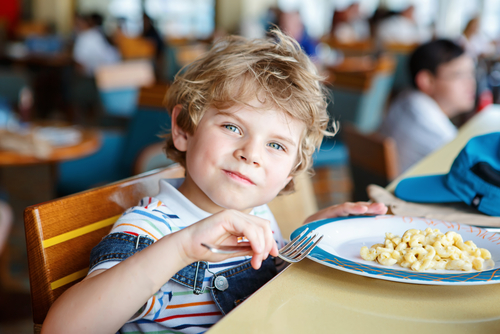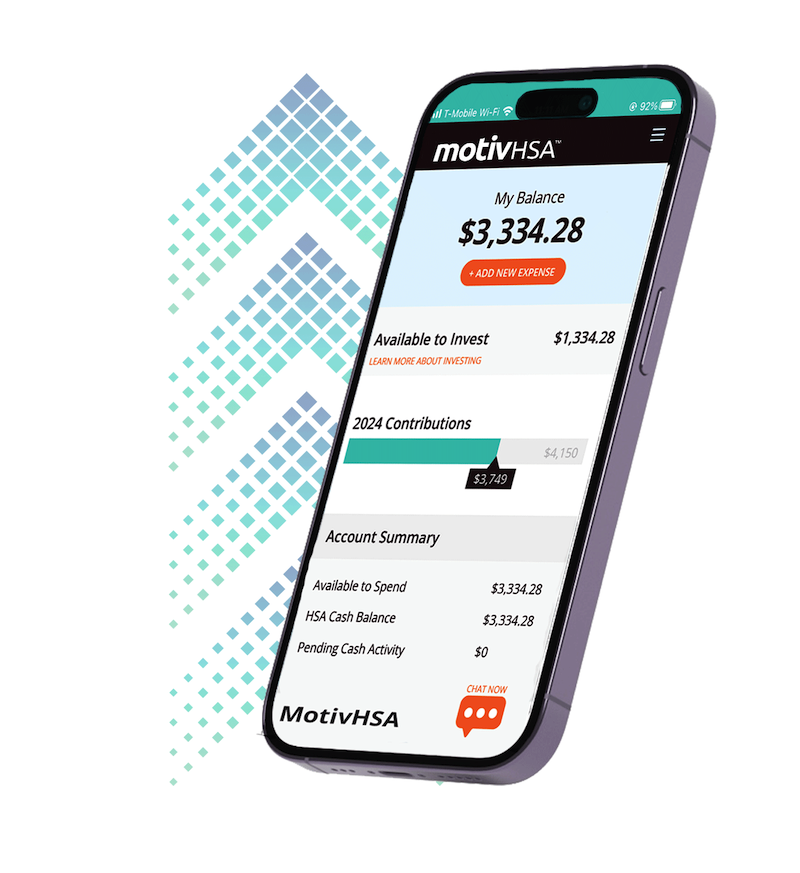Many people are under the assumption that as long as a food allergic person does not actually eat the food they are allergic to, they are not at risk of anaphylaxis. However this is not always the case. Food allergic patients can also be at risk for reactions if they come into contact with the allergen. Cross contact is when a food allergen comes in contact with something by actual touching the surfaces and contaminating that surface with the allergen protein. For example, if you use a spoon to stir milk into a dish, then immediately use that same spoon to stir a non-dairy soup, that non-dairy soup now contains dairy protein that could now lead to exposure and endanger someone with a dairy allergy.
Foods prepared for a food allergic person should be prepared carefully or even separately from other foods. Utensils, dishes, and surfaces used for preparing or serving any other foods should not be used to prepare or serve food allergic meals, without first being washed with hot, soapy water. Simply rinsing off a utensil or surface after it has been used will not prevent foods from cross contact contamination, and could potentially cause an anaphylactic reaction.
Another example is if you have a food, such as a salad topped with nuts, many people believe that they can serve it to someone with a nut allergy simply by picking out the nuts. Picking out the nuts is not enough as it will lead to cross contamination and put food allergic patients at risk.
When eating out:
- Make sure to notify servers and if possible speak directly to the chef to alert them of a food allergy.
- Always carry your epinephrine auto injector.
- Make sure someone you are with understands how to use appropriately use your epinephrine auto injector, and that they understand the importance of administering it if needed.
- When in doubt, do not eat the food.




No Comment